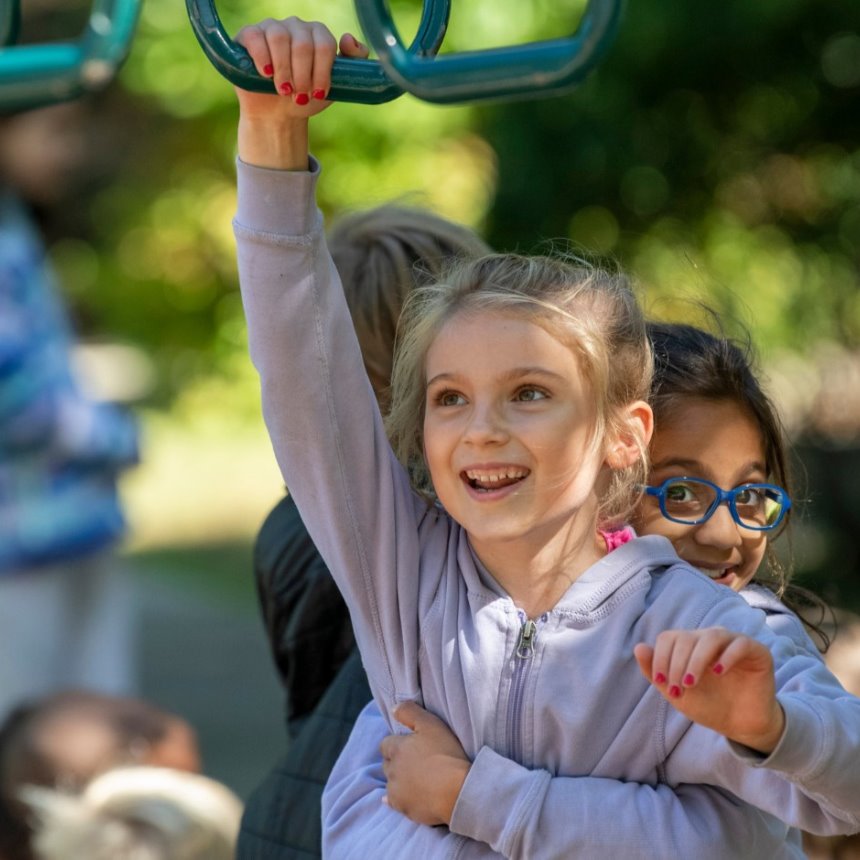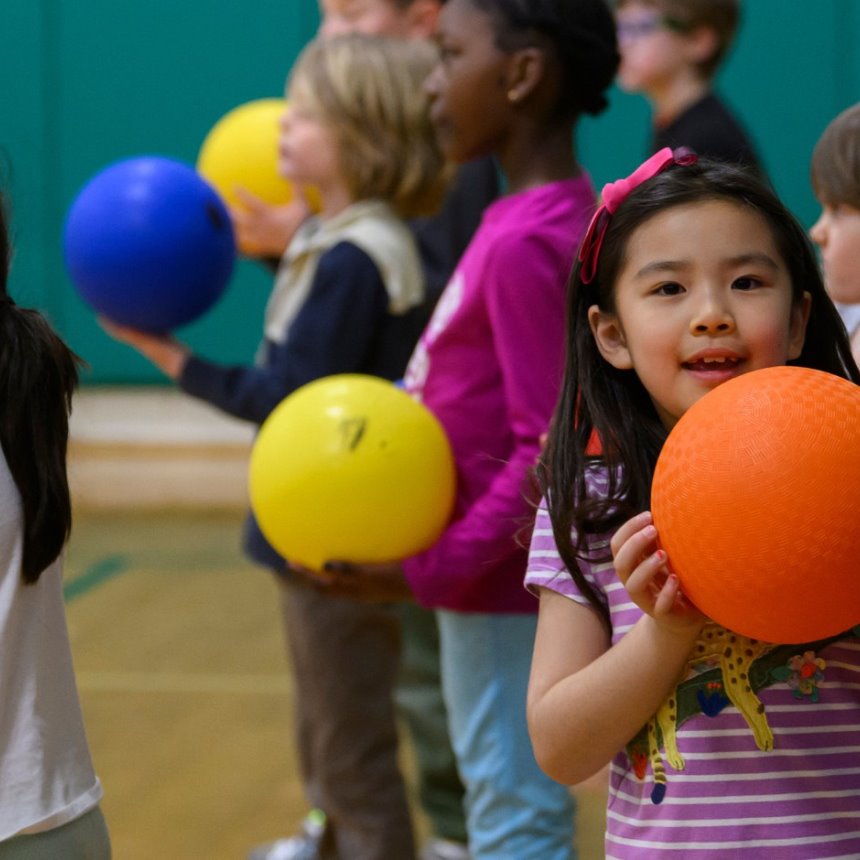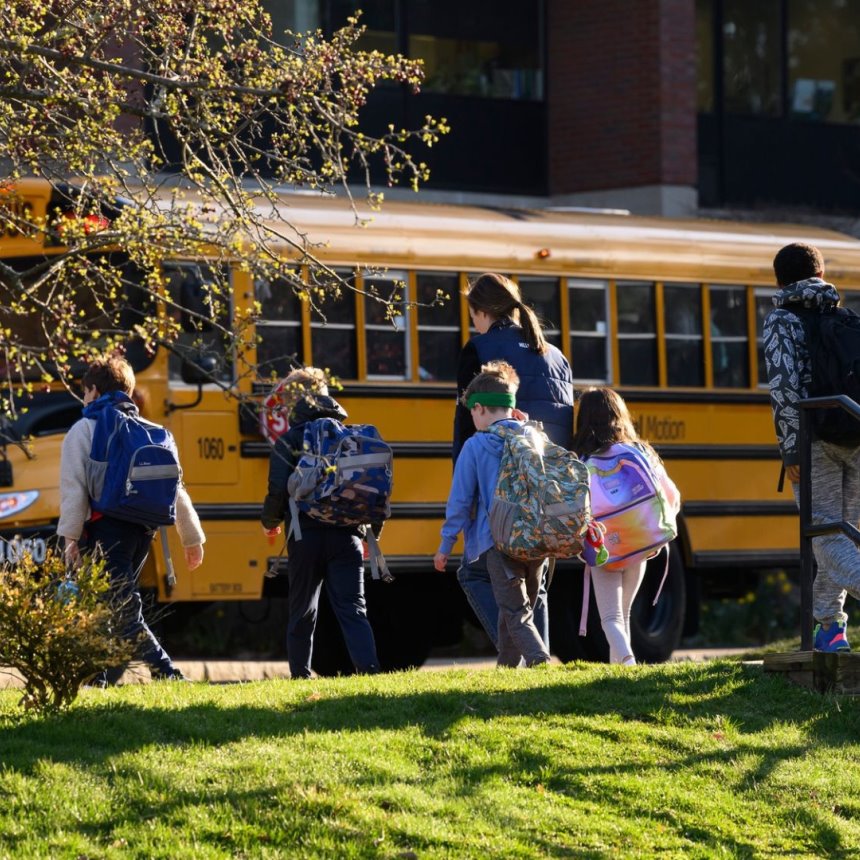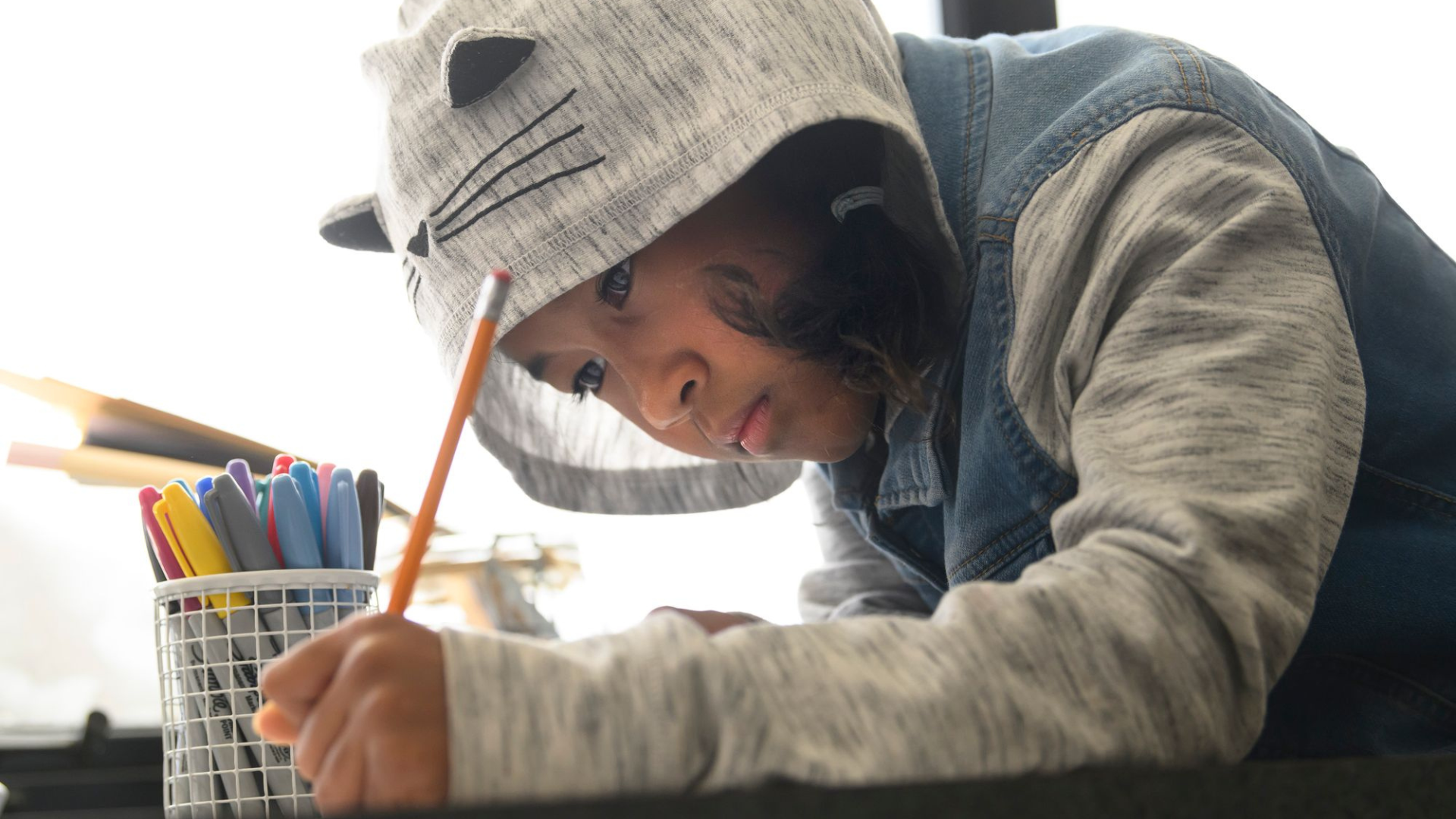
Learning to Push Forward
Learning is not just the commission of facts to memory – it’s active and fluid, self-directed, and meaningful. Students embrace not just what they are learning, but why, and how, and build a toolkit of strategies they can pull on to address new challenges.
Starting their Journey
Beginning in PreK, children start learning what it means to be at school, to move through the day as a learner, and be part of a community. Children who begin in PreK enter a peaceful, contained early childhood center fully dedicated to them, yet close enough to the main campus to give them full access to opportunities there.
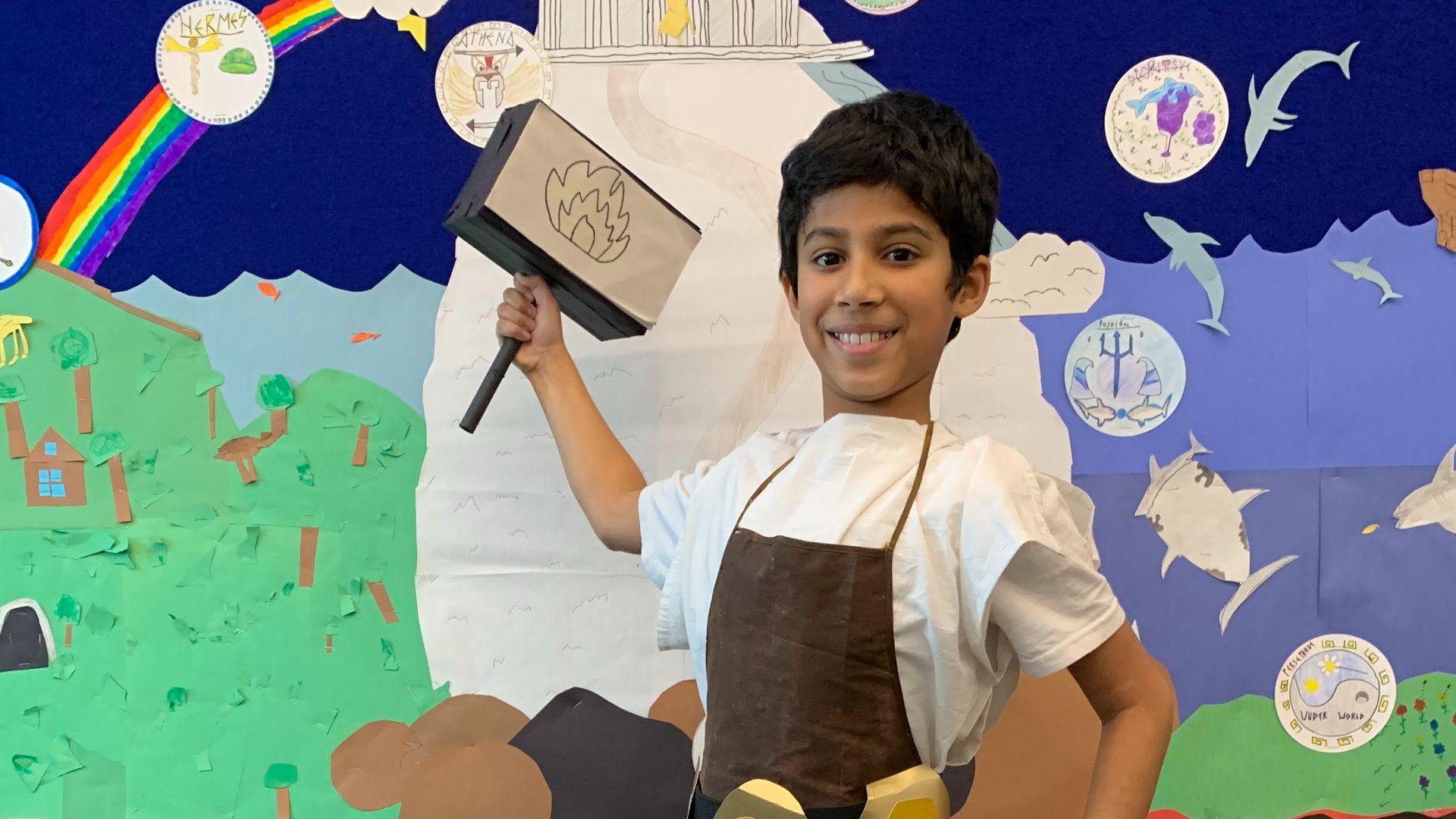
Growth & Grace
Park teachers help students understand what learning comes most naturally to them, and what needs more effort, helping them understand the power of “yet”: they may not be able to easily accomplish something yet, but they practice the growth mindset that ensures they appreciate the possibilities of what they will be able to achieve with time, both academically and in the social-emotional part of their lives.
.jpg?command_1=resize&width_1=860&height_1=860)
